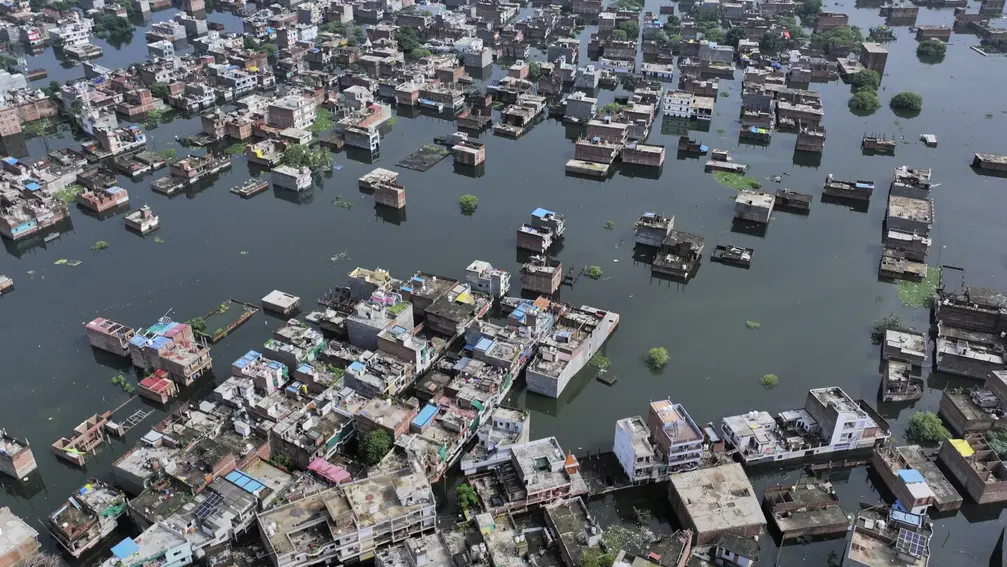T4K3.news
Monsoon floods in Pakistan
Flash floods push death toll past 350 as relief efforts struggle to reach affected districts.
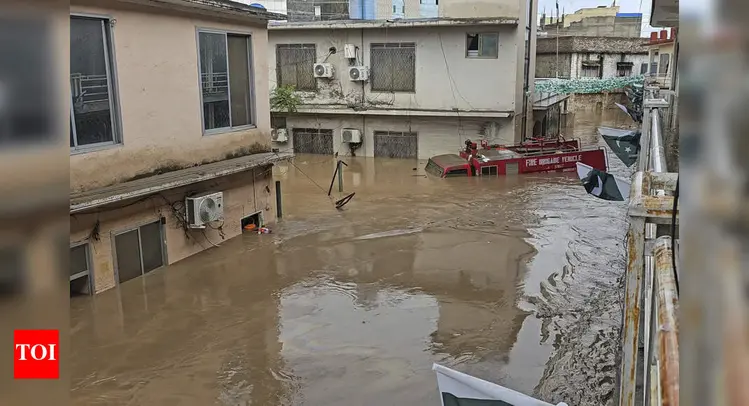
Flash floods and landslides in northern Pakistan have killed hundreds and disrupted relief efforts.
Pakistan faces monsoon floods as death toll climbs
Powerful monsoon rains have unleashed flash floods and landslides in northern Pakistan, pushing the death toll past 350. In Buner district, more than 200 people were killed as mountains released a wall of mud and boulders rather than rainwater. Swat, Bajaur, Dir, Shangla, Mansehra and Kohistan were also battered, with rivers swallowing homes, bridges and police outposts. Rescue teams say damaged roads and washed out bridges slow operations, and a government helicopter ferrying relief supplies to Bajaur crash killed all five onboard. The meteorological department warned more rain through August 21, with cloudbursts and glacial lake outbursts still a danger. The disaster echoes the 2022 floods that killed thousands, but this year has moved faster and hit harder. Now the floodwaters are pushing south, threatening areas like Swabi and Mardan as farmers move cattle to higher ground.
Key Takeaways
"The floods came like fire and left us with nothing"
Survivor in Buner district
"We were not warned, only buried"
Resident of Dir
"Our children's future is drowning with us"
Mother in Shangla
"There was no one to help, we buried them ourselves"
Teenager in Shangla
Climate change is remaking the timing and violence of the South Asian monsoon. Warmer air holds more moisture, feeding heavier downpours and increasing the risk of sudden, destructive floods. The speed of this disaster exposes gaps in early warning systems, infrastructure and disaster financing. Pakistan faces a difficult question: how to speed up relief without draining budgets or tweaking political priorities under public scrutiny. The cross border implications of the Indus basin mean neighbors feel the impact, urging regional cooperation even amid tensions. Behind the numbers are families losing homes, schools and livelihoods, which heightens the moral obligation to invest in resilience now rather than chase reactive fixes after every crisis.
Highlights
- The floods came like fire and left us with nothing
- We were not warned, only buried
- Our children's future is drowning with us
- There was no one to help, we buried them ourselves
Budget and political fallout from flood response
The scale of the disaster tests government budgets and relief capacity, inviting public scrutiny and political backlash. The cross border dimension could also raise diplomatic tensions and demand faster aid commitments.
Aid delivery and long term resilience will define the next phase of this disaster.
Enjoyed this? Let your friends know!
Related News
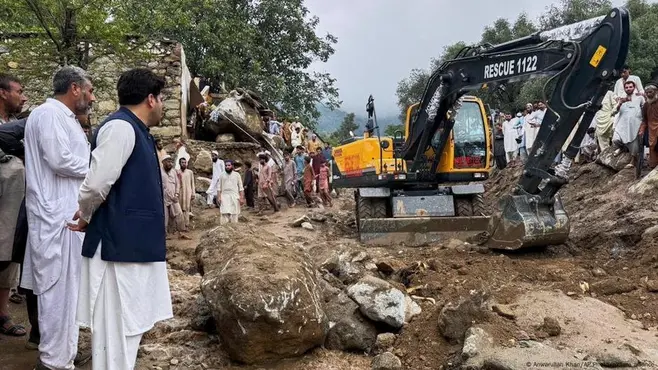
South Asia floods escalate
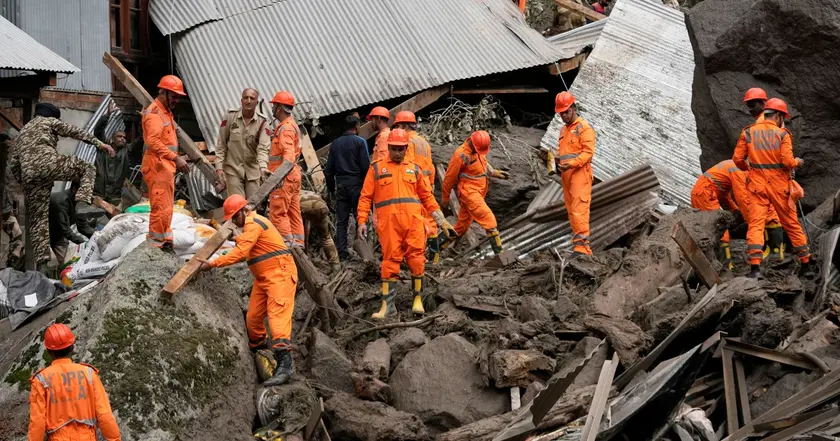
Monsoon floods in Pakistan kill 220
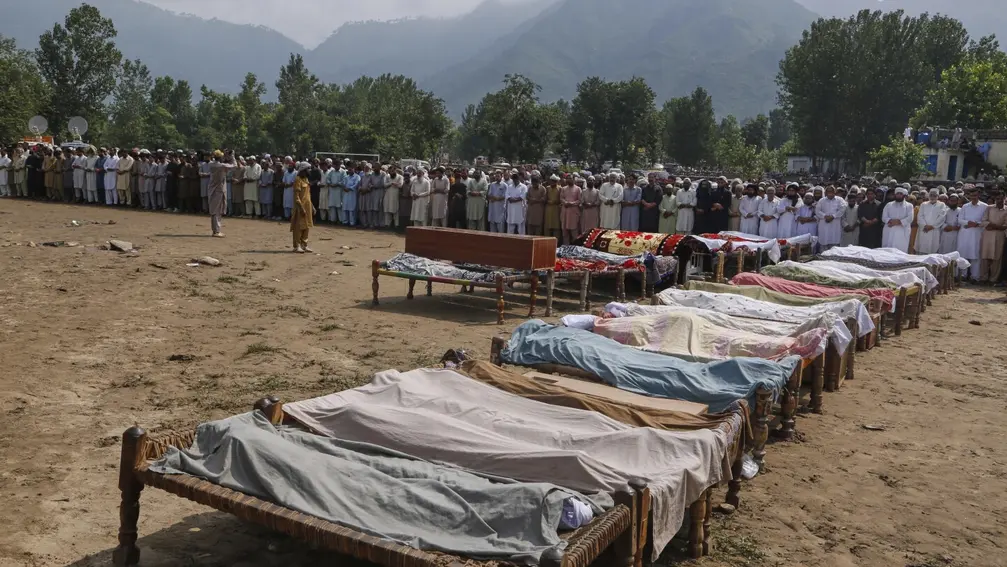
Flash floods kill hundreds in Pakistan
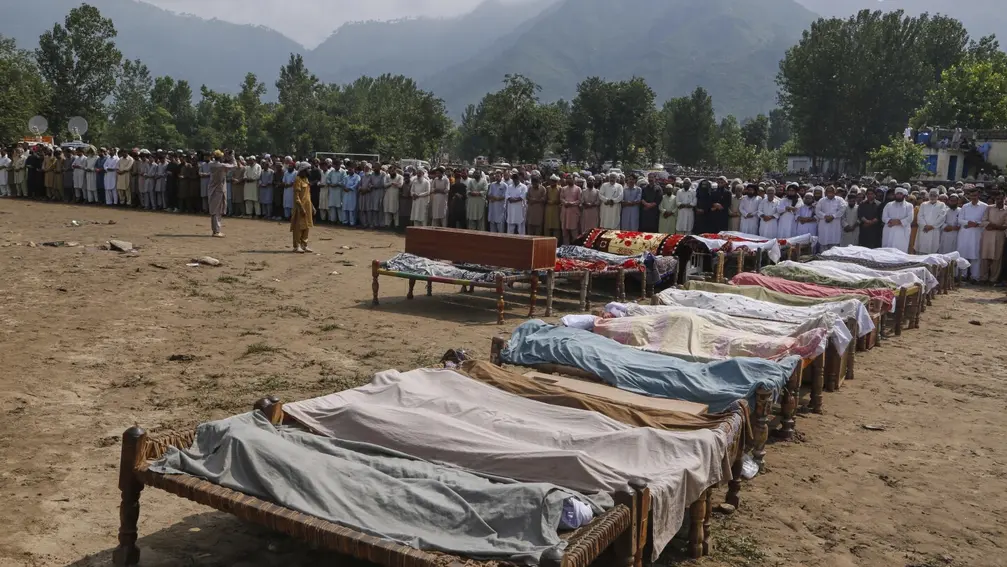
Pakistan floods update
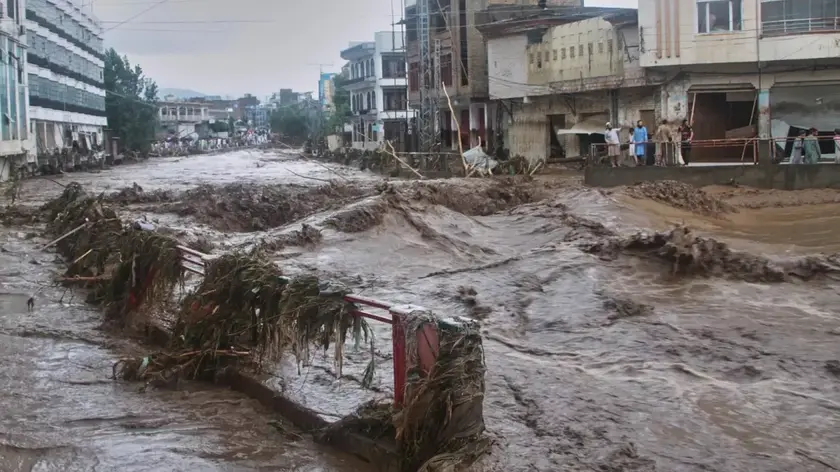
Flash floods kill hundreds in South Asia
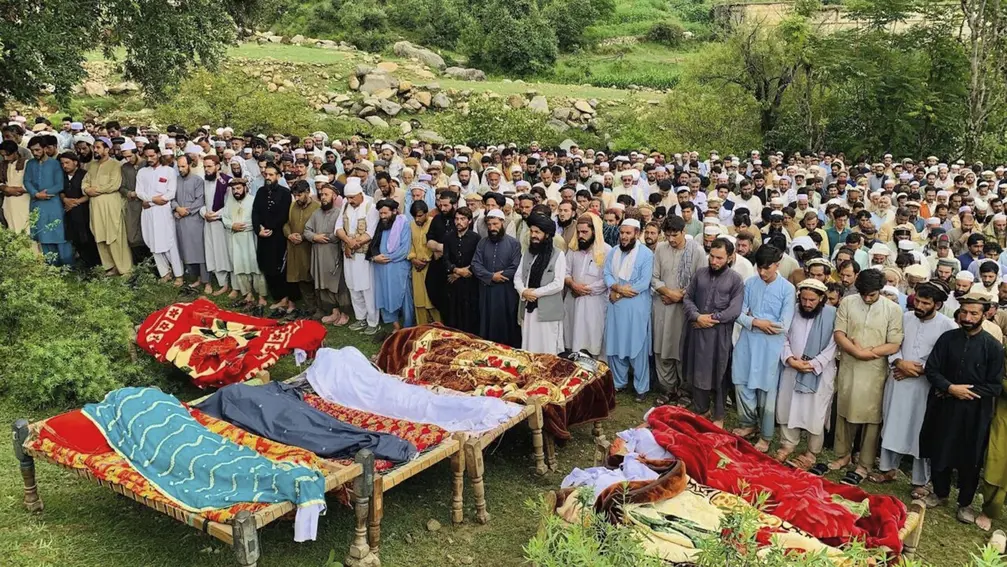
Flash floods claim hundreds in India and Pakistan
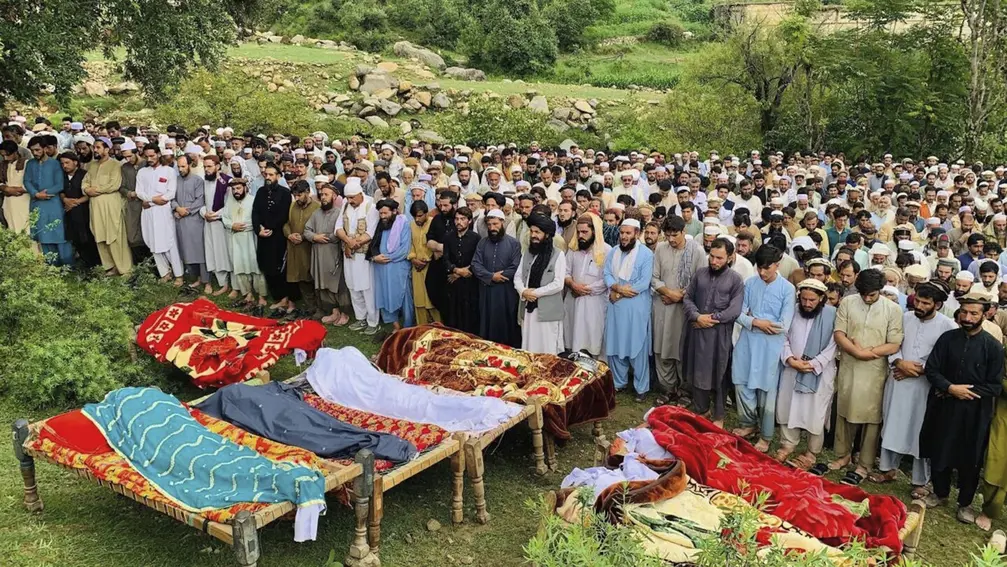
Floods kill over 200 in India Pakistan
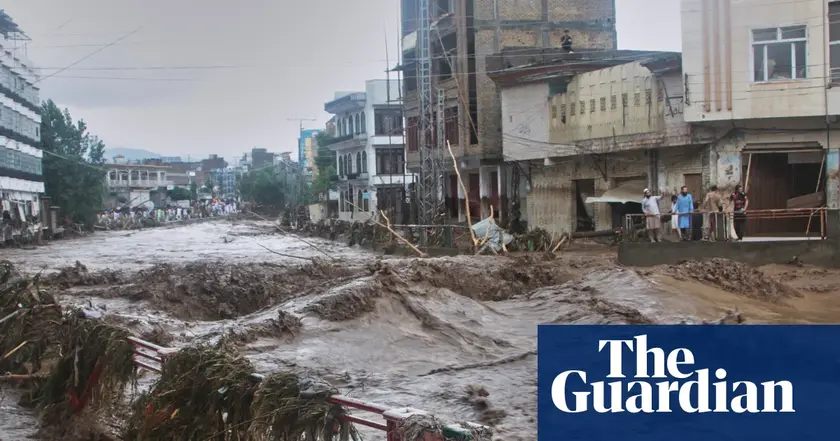
Flash floods update
